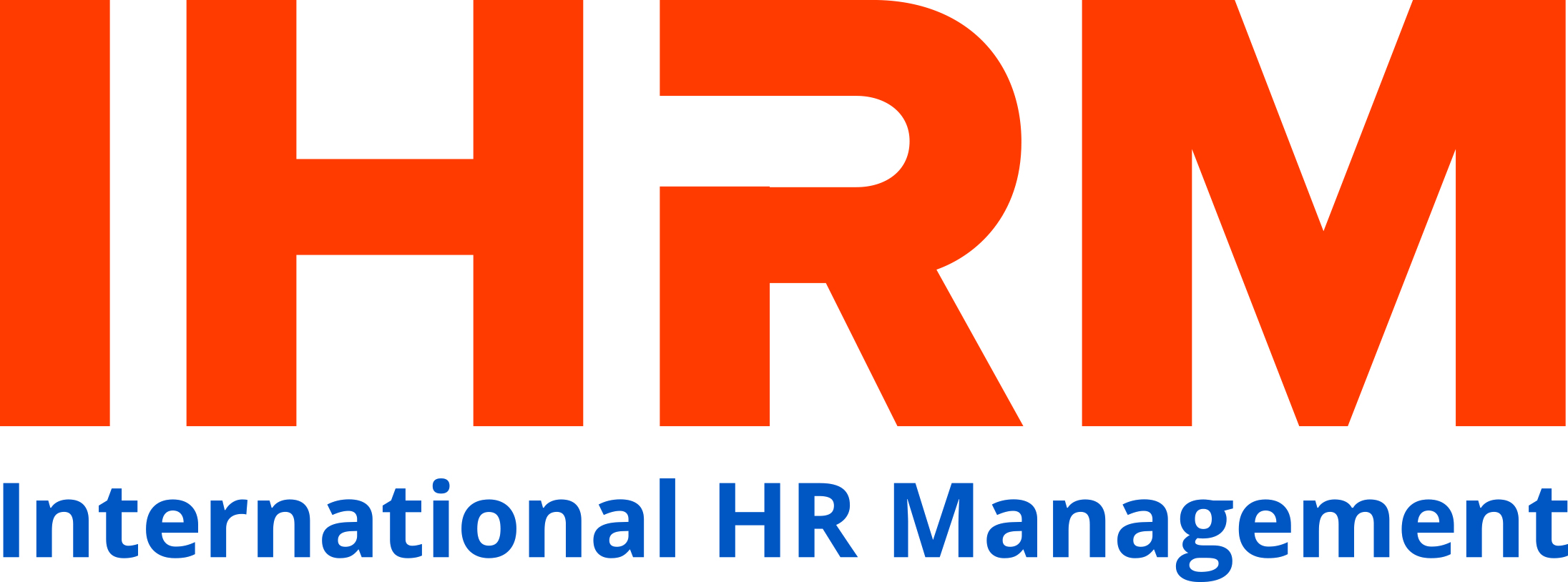THE SECRET TO IMPROVING CROSS-FUNCTIONAL COLLABORATION
Often, when we think of cross-functional collaboration we envision a similar ease of process in a business environment with each team member doing their part.
But the truth is that collaboration isn’t always that easy. It can be challenging to create a culture where team members raise a variety of ideas and concepts, where they’re encouraged to sincerely and passionately debate those ideas, and where, in the end, the team lands on the best solution. However, despite the difficulties of managing true collaboration, research shows that when your team collaborates well, you get stronger results and a better business outcome.

Caution: Collaboration is Not Groupthink
When everyone in a group thinks the same way or is hesitant to express a different opinion, fruitful ideas don’t always get discussed, and unpopular ideas don’t always get dismissed. A look back to the disastrous Bay of Pigs invasion or the Space Shuttle Challenger explosion shows the dangers of having a roomful of yes-men and women. In both cases, the pressure for group members to agree overrode individual concerns. Had those concerns been fully recognized, the U.S. government and NASA may have avoided catastrophe.
Recently, in less dire circumstances, we’ve seen established brands like Pepsi and Dove release tone-deaf ads, and we have to ask, what were they thinking? Most likely, they had too many like-minded contributors sitting around the conference table who didn’t have or didn’t offer a differing opinion.
Collaboration Requires Diversity and Inclusion
Collaboration Requires Diversity and Inclusion
To avoid groupthink and to get the best business results, organizations are learning that they must have diverse and inclusive teams working collaboratively and cross-functionally. Research shows that diverse teams bring greater creativity and innovation, make better and faster decisions, are more engaged, and have better retention. For example:
- The more diverse, the better: teams that are diverse based on gender, age, and geography made better decisions than all-male teams.
- Companies with more diverse teams have 19 percent more revenue due to innovation.
What’s the magic of diverse teams? People from different backgrounds bring contrasting perspectives allowing for more ideas so that you can focus on the most innovative or actionable ones. As a bonus, when teams know that various aspects will be presented in a meeting, members show up more prepared to discuss and debate ideas.
Encouraging Healthy Interactions
Encouraging Healthy Interactions
Having teams with different perspectives creates the groundwork for collaboration, but the environment also has to allow for that quality interaction. Set the expectations that you want original thinking and honest opinions. Establish group rules on how to disagree respectfully. Make sure everyone has a chance to be heard.
For example, employees who are calling in from remote locations don’t always get noticed during meetings. Also, some employees like to think on their feet, while others prefer to let their ideas marinate before sharing. This can impact who shares the majority of the time and which ideas get air-time versus getting lost in the abyss.
Source: Humanresourcestoday
|
Training Program
 Internationalize the human resource management capabilities of HR professionals in Vietnam Opening Date: March 19 , 2020 in HCMC
Opening Date: March 26, 2020 in Hanoi
|










